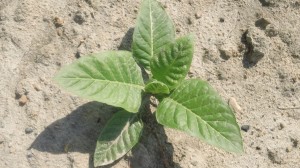
Tobacco Insect Scouting Report. May 21, 2014
Plants have grown quite a bit in the last week, likely due to increased rainfall. There were a couple of …


El inglés es el idioma de control de esta página. En la medida en que haya algún conflicto entre la traducción al inglés y la traducción, el inglés prevalece.
Al hacer clic en el enlace de traducción se activa un servicio de traducción gratuito para convertir la página al español. Al igual que con cualquier traducción por Internet, la conversión no es sensible al contexto y puede que no traduzca el texto en su significado original. NC State Extension no garantiza la exactitud del texto traducido. Por favor, tenga en cuenta que algunas aplicaciones y/o servicios pueden no funcionar como se espera cuando se traducen.
Inglês é o idioma de controle desta página. Na medida que haja algum conflito entre o texto original em Inglês e a tradução, o Inglês prevalece.
Ao clicar no link de tradução, um serviço gratuito de tradução será ativado para converter a página para o Português. Como em qualquer tradução pela internet, a conversão não é sensivel ao contexto e pode não ocorrer a tradução para o significado orginal. O serviço de Extensão da Carolina do Norte (NC State Extension) não garante a exatidão do texto traduzido. Por favor, observe que algumas funções ou serviços podem não funcionar como esperado após a tradução.
English is the controlling language of this page. To the extent there is any conflict between the English text and the translation, English controls.
Clicking on the translation link activates a free translation service to convert the page to Spanish. As with any Internet translation, the conversion is not context-sensitive and may not translate the text to its original meaning. NC State Extension does not guarantee the accuracy of the translated text. Please note that some applications and/or services may not function as expected when translated.
Collapse ▲
Plants have grown quite a bit in the last week, likely due to increased rainfall. There were a couple of …
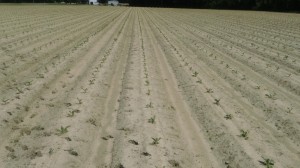
It is week three monitoring the Integrated Pest Management fields and the grower standard fields in our Eastern and …

It is week two for scouting in our Eastern 1 and 2 research fields. In order to potentially reduce …
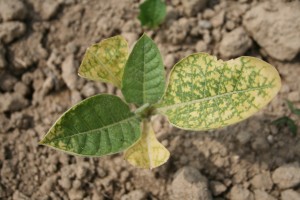
Tobacco growers often apply insecticides in the greenhouse or at transplant to preventatively manage populations of green peach aphids …

This summer, we have begun a new project focussed on implementing integrated pest management (IPM) practices for insects in …
Introduction In recent growing seasons, boron (B) nutrition has become an increasing issue …

As many part of North Carolina near transplant, now is the time when growers are also thinking about Tomato …
As many are probably aware, we are getting reports from multiple sources …
Organic Soybean Official Variety Trials (OVT) were planted on organically managed land at research stations over the last three …
Hessian fly problems are being seen in areas of the Coastal Plain and Tidewater. Learn how to recognize them …
Introduction Phosphorus (P) is an essential nutrient for the production of flue-cured tobacco in North Carolina. A healthy crop of …

Answer: Another year, another survey, and the findings remain less than encouraging. It seems counter-intuitive that we don’t have a …

Introduction The seed of noxious weed species has recently been discovered in cured tobacco leaves destined for export from …

Potassium (K) is an plant nutrient essential for the production of high-yielding, high-quality flue-cured tobacco. A healthy crop requires …
The results from NC State University Department of Crop Science official variety trial programs conducted during summer 2013 are …
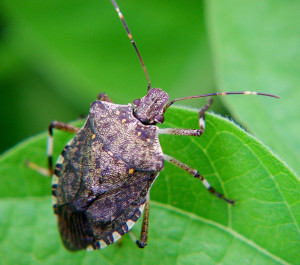
The website for brown marmorated stink bug research in NC has been moved and updated! A summary of current …
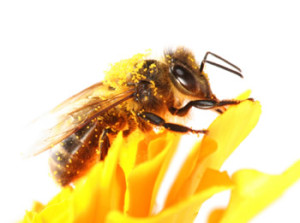
Answer: Probably not, but it’s interesting that it is found in bees at all Honey bees are hosts to more …
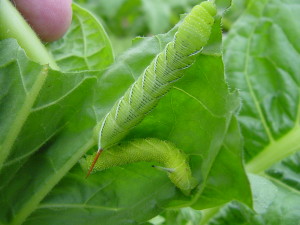
Two species of hornworm caterpillars feed on tobacco and other plants. Tobacco hornworms (Manduca sexta) and tomato hornworms (Manduca …
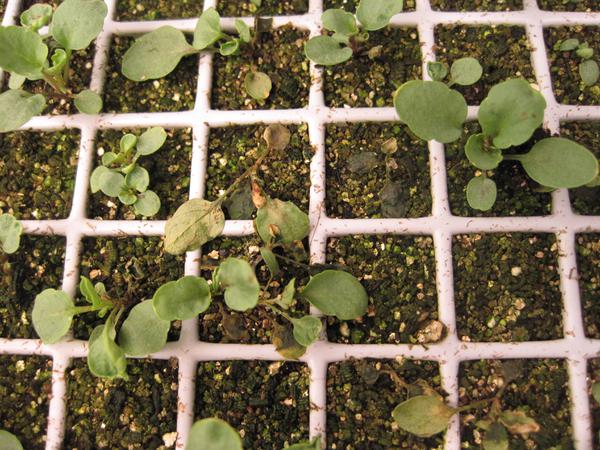
This factsheet offers information on damping off in flower and vegetable seedlings, a result of …
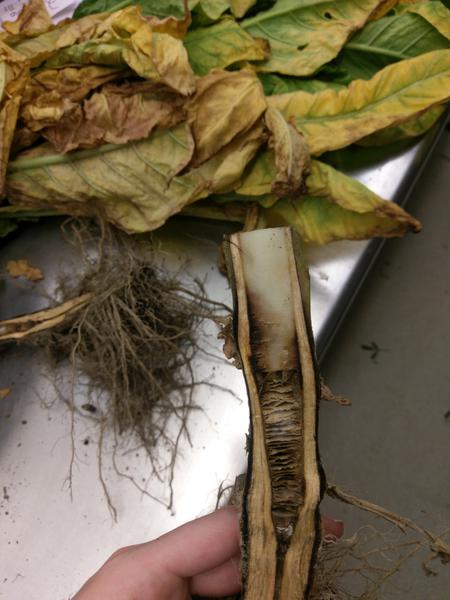
Black shank is an economically important disease of tobacco that threatens production in North Carolina. …

This guide presents basic facts about seeds, including how they develop, how to store and …
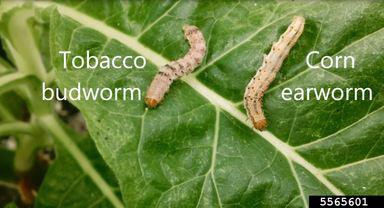
This factsheet discusses the biology, damage, and management of the corn earworm and tobacco budworm …

This publication discusses the use of cereal rye as a cover crop in soybeans in …

This factsheet discusses the effect on soybean fields after a hurricane and how to proceed …
This publication describes the symptoms of a lightning strike in soybeans in North Carolina.
This publication discusses planting depth for soybean producers in North Carolina.